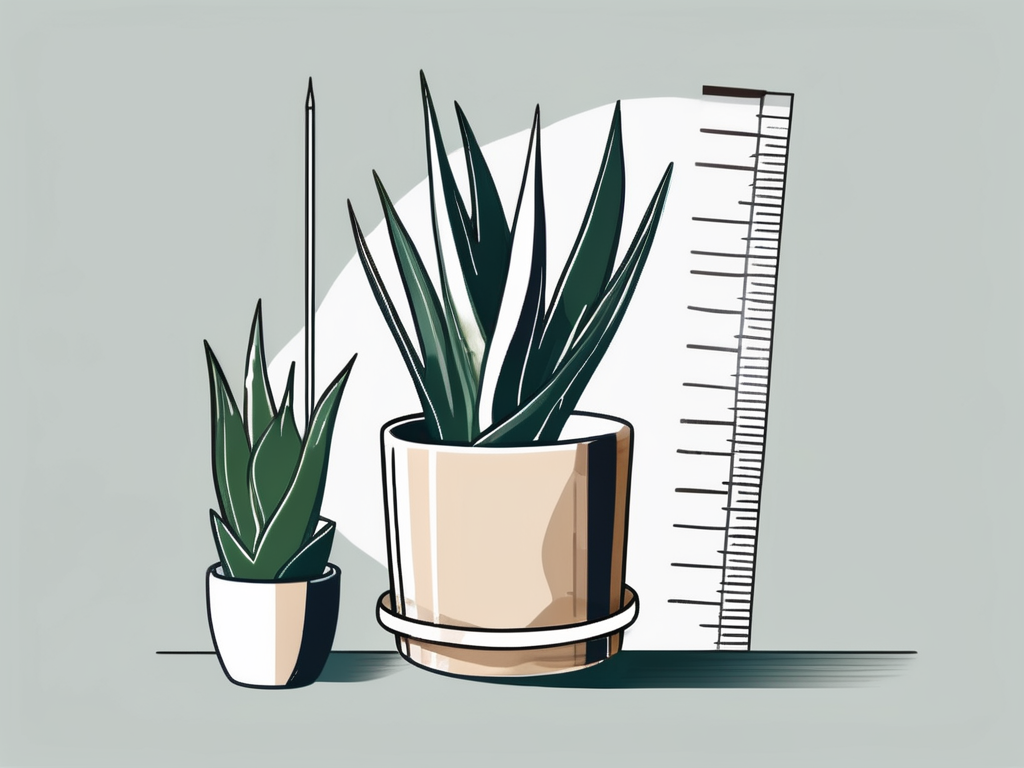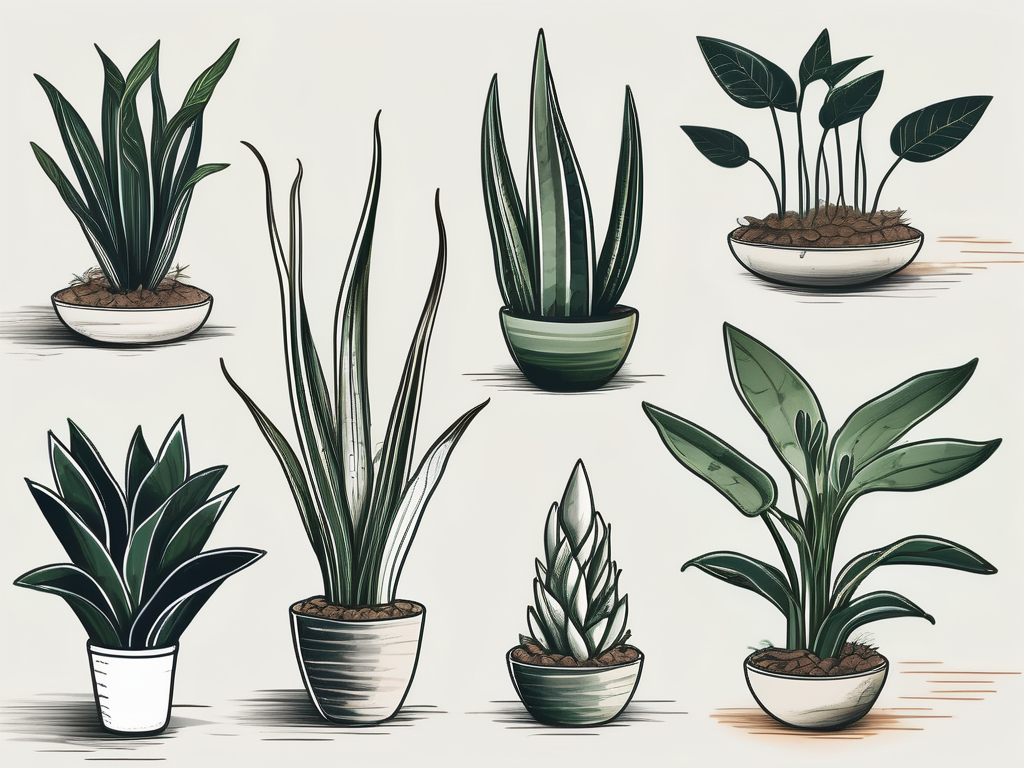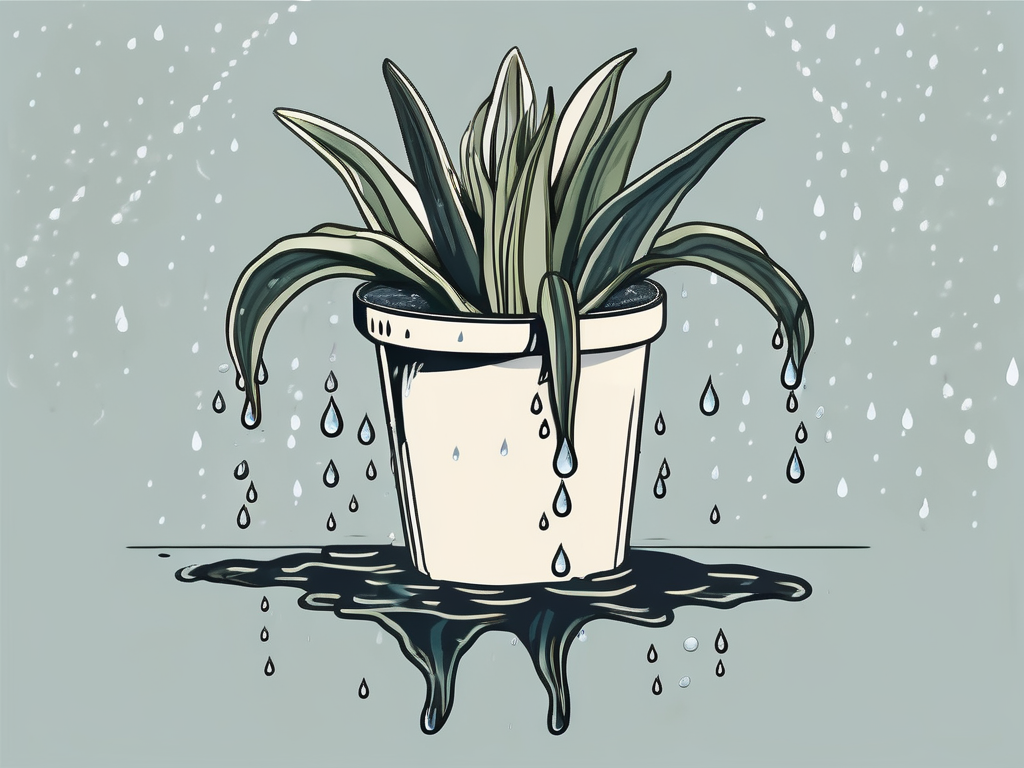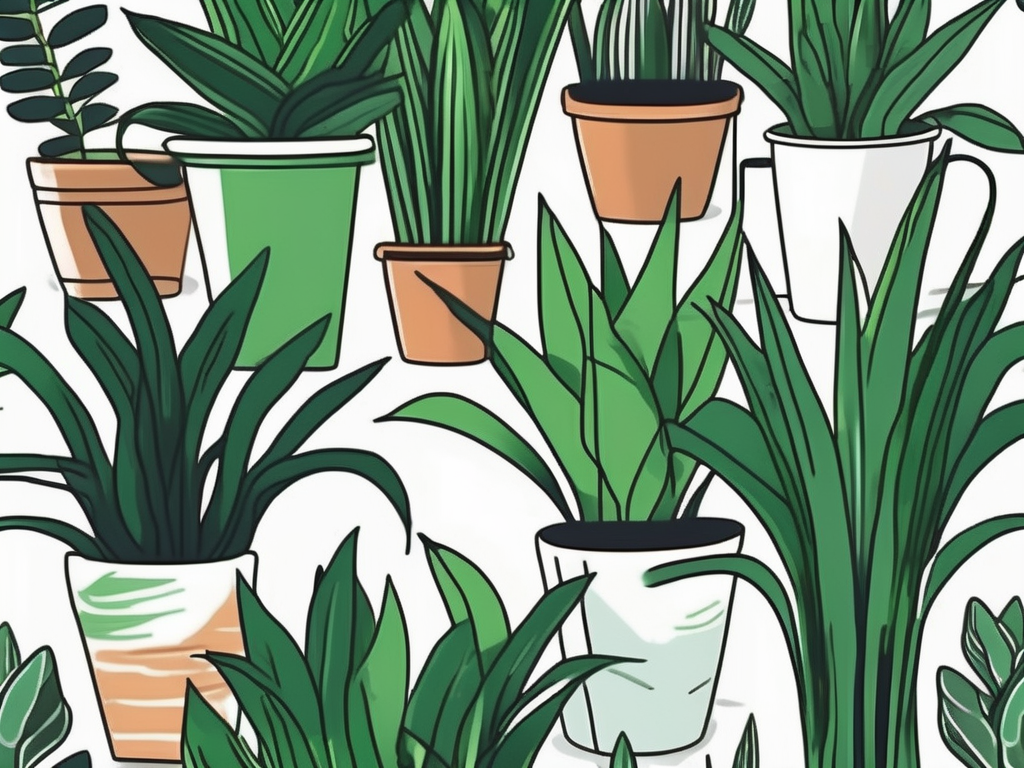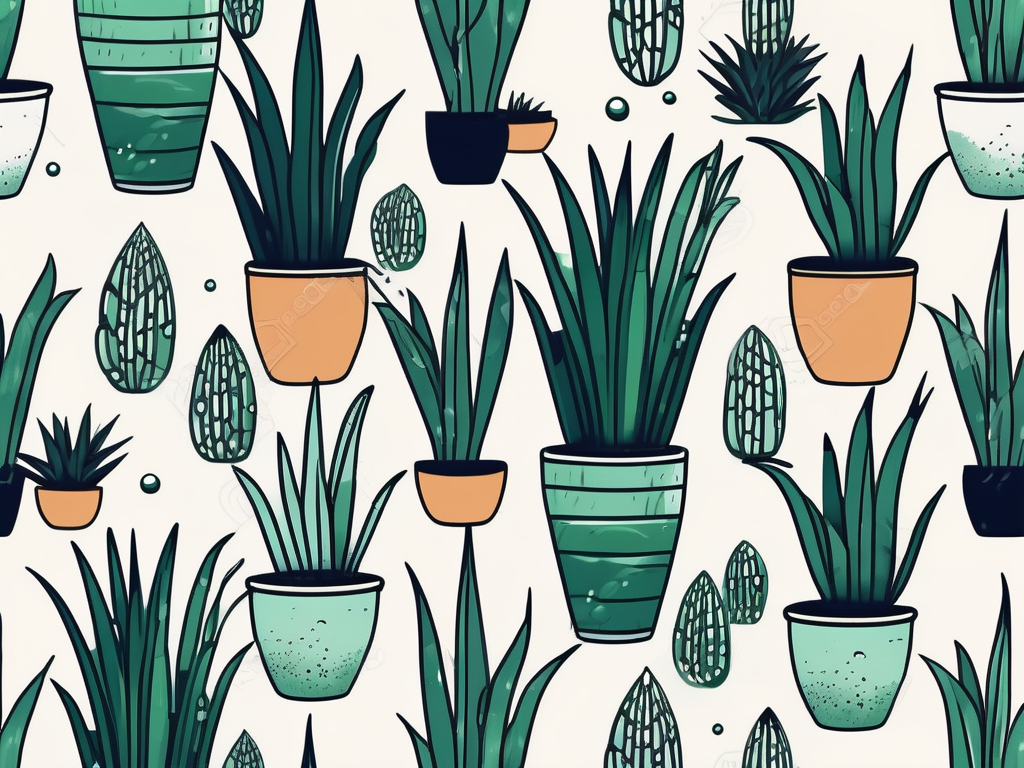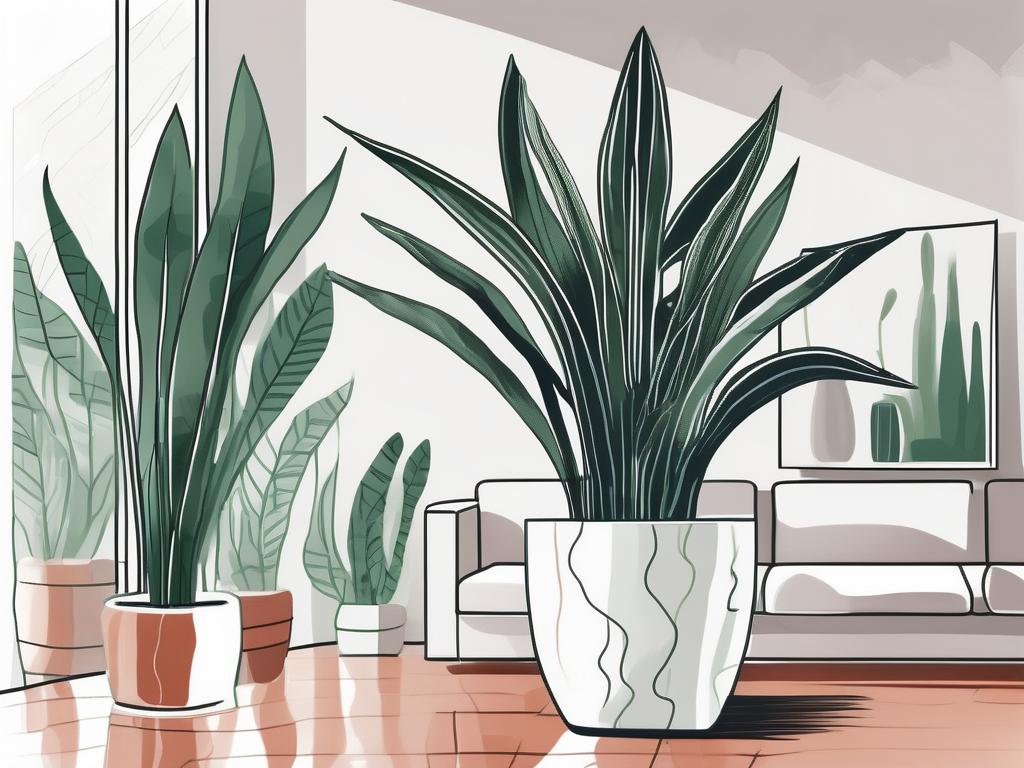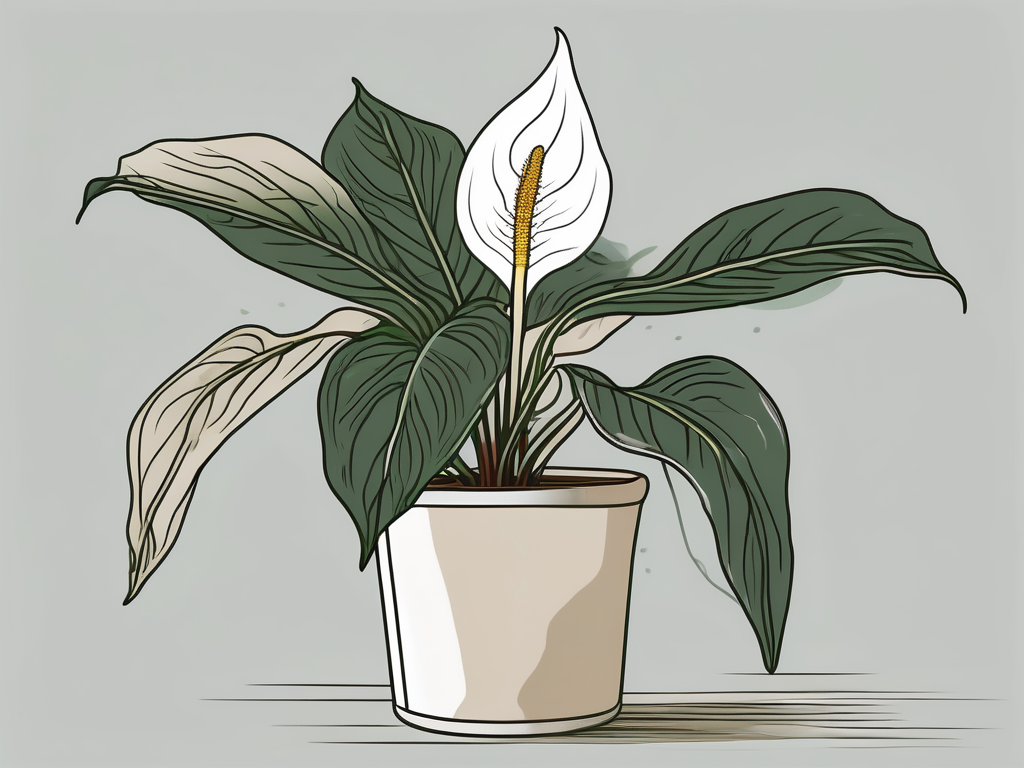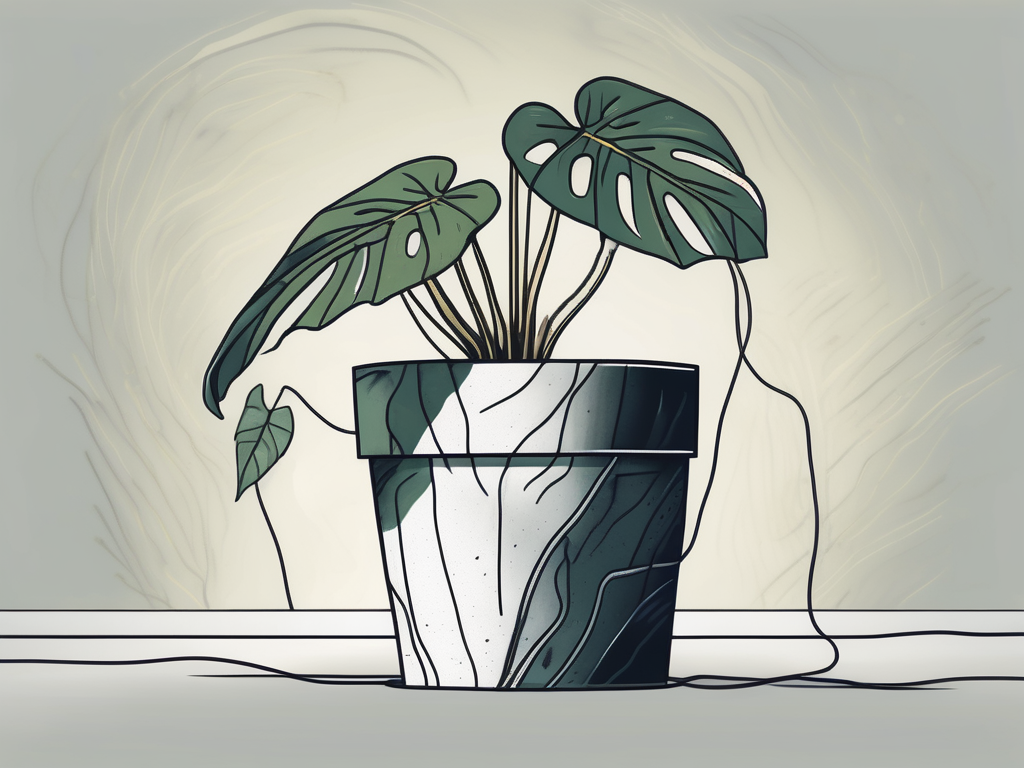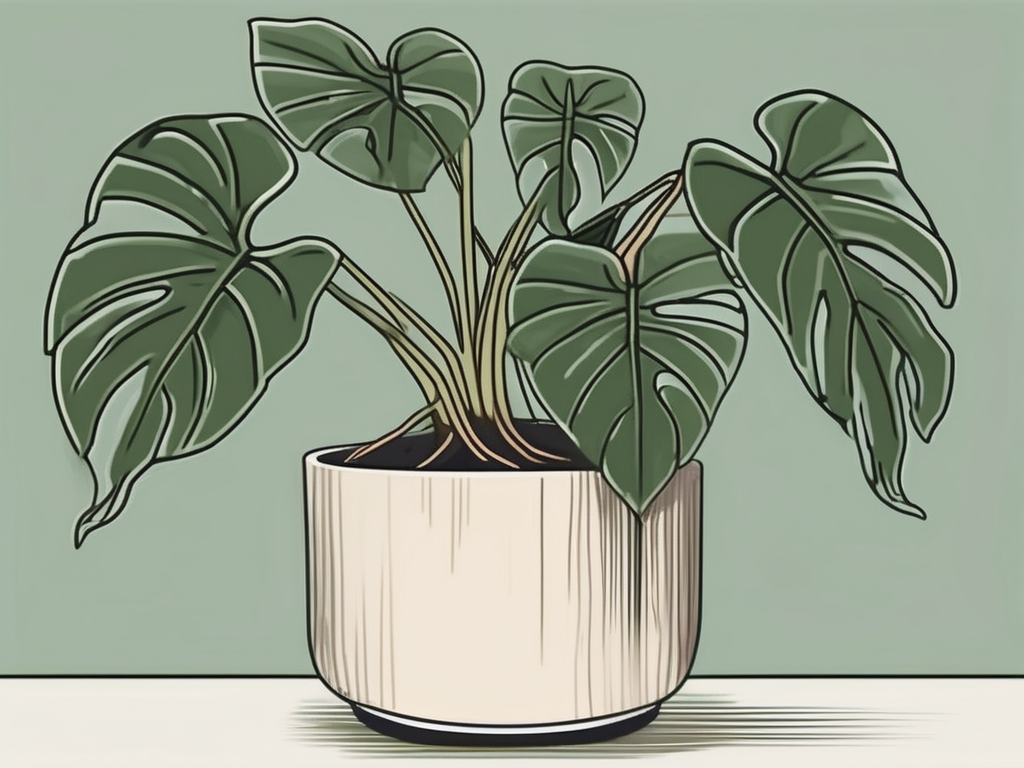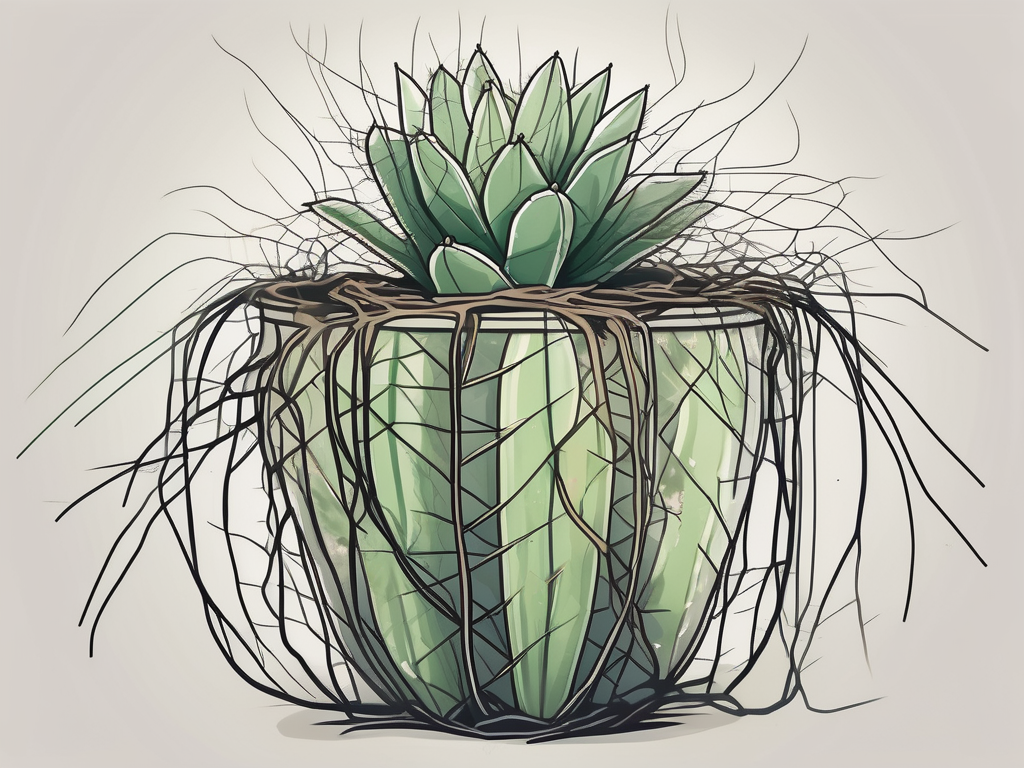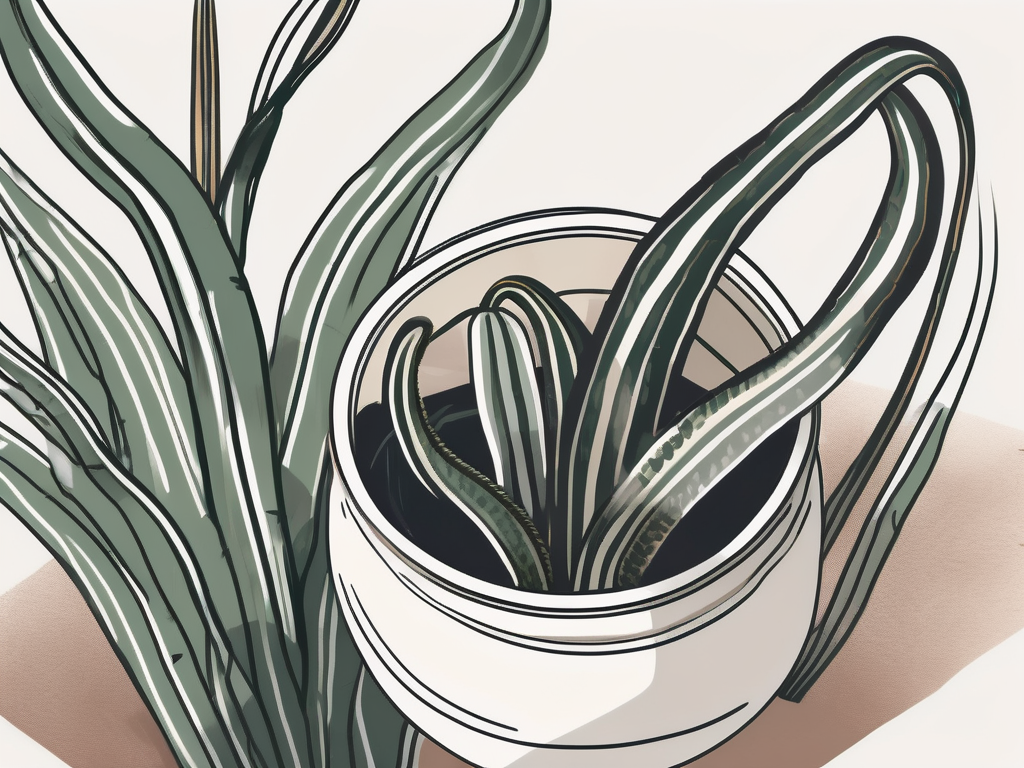
Snake plants, also known as Sansevieria or the "Mother-in-Law's Tongue," are adored for their striking vertical leaves and low-maintenance nature. They're the kind of plant you can almost forget about, and they'll still thrive. However, there's one aspect of their care that shouldn't be overlooked: addressing root-bound conditions.
In this article, we'll chat about what it means for a snake plant to be root-bound, why it matters, and how to fix it. We'll also share some practical tips to keep your snake plant happy and healthy, ensuring it continues to bring that touch of green serenity to your home.
What Does "Root-Bound" Mean?
Let's start with the basics. When a plant is described as root-bound, it simply means that its roots have outgrown the pot they're in. If you could peek inside the pot, you'd see roots circling around and around, much like a tangled ball of yarn. For snake plants, this typically happens when they've been in the same pot for several years without repotting.
While snake plants are known for being resilient, being root-bound can eventually hinder their growth and overall health. The roots become so densely packed that they struggle to absorb nutrients and water effectively. It's the plant equivalent of wearing shoes that are two sizes too small—uncomfortable and limiting.
Signs of a root-bound snake plant include slowed growth, yellowing leaves, and a pot that seems to be bursting at the seams with roots peeking out of the drainage holes. If you're noticing any of these symptoms, it might be time to give your plant a little more legroom.
Why Being Root-Bound Matters
Alright, so your snake plant is root-bound. Why should you care? Well, there are several reasons why addressing this condition is important for the health of your plant. For starters, when roots are overcrowded, they can't efficiently take up water and nutrients. This leads to a stressed plant that may start showing signs of distress, like droopy or discolored leaves.
Another thing to consider is that a root-bound plant is more prone to pest infestations and diseases. Because the roots are under stress, the plant's natural defenses are weakened, making it easier for pests to move in. And let's be honest, nobody wants to deal with a pest problem if they can avoid it.
Lastly, if left unchecked, a root-bound snake plant may eventually stop growing altogether. Imagine being stuck in a tiny office cubicle without the chance to stretch your legs—it's not exactly conducive to productivity or happiness. Your plant needs the space to grow and thrive, and addressing root-bound conditions is a crucial step in that process.
Identifying a Root-Bound Snake Plant
So, how do you know if your snake plant is root-bound? There are a few telltale signs to look out for. First, check the drainage holes at the bottom of the pot. If you see roots peeking out, it's a pretty strong indicator that your plant needs more space. Similarly, if you notice the plant's growth has slowed or the leaves are yellowing, it could be a sign that the roots are cramped.
Another way to check is to gently remove the plant from its pot. This can be a bit tricky if the roots are tightly packed, so be patient. Once it's out, take a look at the root ball. If you see more roots than soil, or if the roots are circling around the inside of the pot, it's time for a new home.
Remember, it's better to check and be sure than to let your plant suffer in silence. A quick inspection can save you a lot of trouble down the line and ensure your snake plant continues to thrive.
How to Repot a Root-Bound Snake Plant
Repotting a snake plant might seem intimidating, but it's actually quite simple. Here's a step-by-step guide to help you through the process:
- Choose a new pot: Select a pot that's about 1-2 inches wider in diameter than the current pot. Snake plants prefer snug pots, so there's no need to go too big.
- Prepare the potting mix: Use a well-draining potting mix. You can make your own by mixing equal parts of potting soil, perlite, and sand. This helps prevent waterlogging, which snake plants dislike.
- Remove the plant: Gently remove the plant from its current pot. You might need to tap the sides or carefully loosen the soil around the edges to free the root ball.
- Loosen the roots: Once the plant is out, gently tease apart the roots. If they're tightly wound, you may need to trim some of the excess roots to encourage new growth.
- Repot the plant: Place the plant in the new pot and fill in with your prepared potting mix, making sure the roots are covered but not buried too deeply. Pat down the soil lightly to secure the plant.
- Water thoroughly: Give your newly repotted plant a good drink, allowing the water to drain out completely. This helps settle the soil around the roots.
And there you have it! Your snake plant is now ready to continue its journey in a more spacious environment.
Maintaining Your Repotted Snake Plant
After repotting, it's important to keep an eye on your plant to ensure it adjusts well to its new home. Here's what you can do:
- Watch for signs of stress: It's normal for a plant to experience a bit of shock after repotting. Keep an eye out for wilting or yellowing leaves, and make sure it's not overwatered.
- Adjust watering schedule: Your snake plant might need less water than before since the new potting mix will retain moisture more effectively. Let the top inch or two of soil dry out completely before watering again.
- Give it some light: Snake plants thrive in indirect light. Keep it in a bright spot, but away from direct sunlight, which can scorch the leaves.
- Be patient: It may take a few weeks for your plant to settle into its new pot. During this time, avoid fertilizing as it could stress the plant further.
With these steps, your snake plant should bounce back in no time, ready to grow and add that touch of life to your space.
Choosing the Right Pot for Your Snake Plant
Picking the right pot is just as important as repotting itself. Here are a few things to consider:
- Material: Terracotta pots are a great choice for snake plants as they allow the soil to breathe and help prevent overwatering. Plus, they add a rustic touch to your decor!
- Size: Always choose a pot that is slightly larger than the current one but not too big. Snake plants prefer to be a bit snug in their containers.
- Drainage: Ensure your pot has drainage holes to allow excess water to escape. This is crucial to prevent root rot, which snake plants are prone to.
By selecting the right pot, you're setting up your snake plant for success and ensuring it has the best chance to thrive in its environment.
Common Mistakes to Avoid
Even the most experienced plant people can make mistakes when it comes to caring for their snake plants. Here are a few common pitfalls to avoid:
- Overwatering: Snake plants are drought-tolerant and prefer to dry out between waterings. Overwatering can lead to root rot, which is often fatal for the plant.
- Skipping repotting: As tempting as it is to leave your plant alone, skipping repotting can lead to a root-bound state that hampers growth.
- Ignoring signs of stress: Yellowing leaves, slow growth, or wilting are all signs that something's amiss. Address these issues promptly to keep your plant healthy.
By steering clear of these common mistakes, you'll be well on your way to cultivating a thriving snake plant.
Benefits of Addressing Root-Bound Conditions
Taking the time to address root-bound conditions offers several benefits for your snake plant. Not only does it promote healthier growth, but it also enhances the plant's ability to absorb nutrients and water efficiently. Healthier roots mean a more robust plant overall, which translates to more vibrant foliage and potentially even blooms in the right conditions.
Additionally, a well-cared-for snake plant contributes to better air quality in your home. Snake plants are known for their ability to purify the air by removing toxins, making them an excellent choice for indoor spaces. By ensuring your plant has enough room to grow, you're also enhancing its air-cleaning capabilities.
Overall, addressing root-bound conditions is a vital aspect of snake plant care that pays off in the form of a thriving, healthy plant that enhances your home's atmosphere.
Snake Plants in Interior Design
Beyond their practical benefits, snake plants are a fantastic addition to any interior design scheme. Their tall, architectural leaves add a touch of elegance to any room, making them a favorite among interior designers. They fit seamlessly into a variety of styles, from minimalist to bohemian, and can be used as focal points or complementary elements in your decor.
Consider placing your snake plant in a stylish planter that complements your decor. You can also experiment with different heights and arrangements to create visual interest. Whether perched on a shelf, sitting in a corner, or standing tall beside your sofa, snake plants bring a sense of tranquility and beauty to your home.
By incorporating snake plants into your design, you're not only enhancing your space aesthetically but also enjoying the benefits of a low-maintenance plant that contributes to a healthier living environment.
Final Thoughts
In summary, addressing root-bound conditions in your snake plant is crucial for its health and longevity. By recognizing the signs, repotting appropriately, and providing ongoing care, you can ensure your plant remains a vibrant and integral part of your home.
Here at Cafe Planta, we're passionate about helping you care for your plants. From offering a variety of houseplants to providing plant care accessories and even plant-themed apparel, we're here to support your plant journey. If you have any questions, feel free to email us or send a DM on our Instagram. We believe plants connect us with nature and each other, and we're excited to help you nurture a thriving plant collection in your home.














